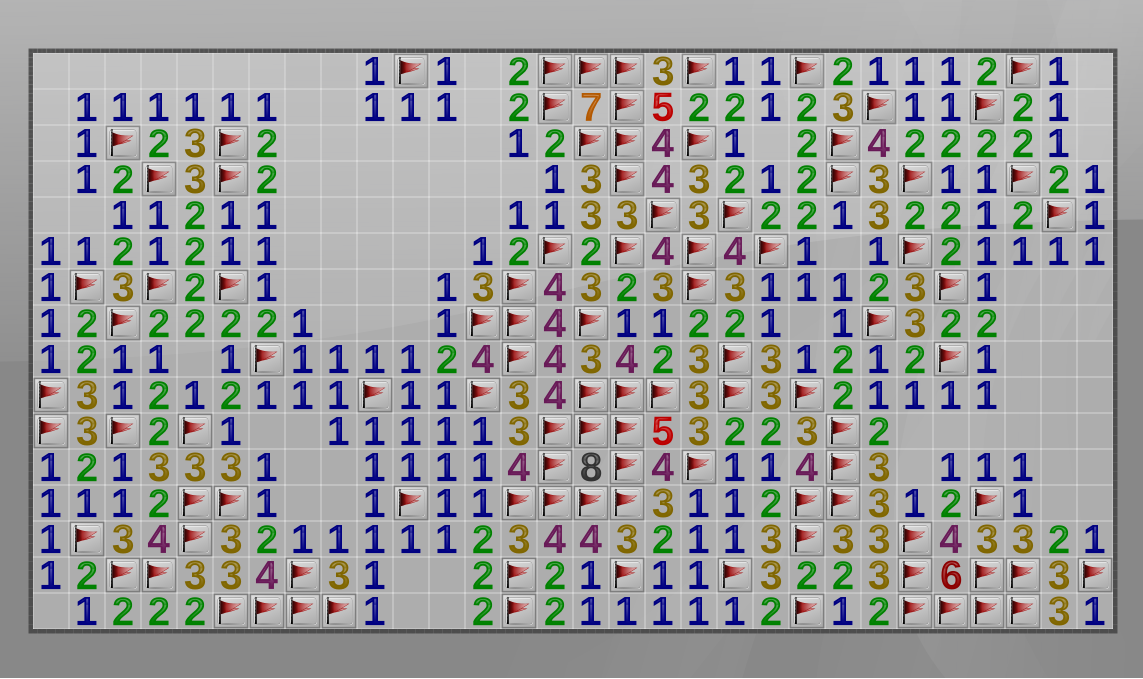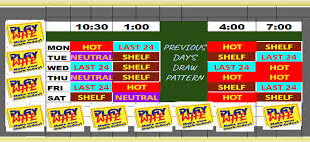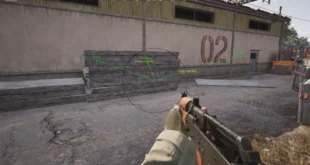Introduction
Minesweeper, a classic computer game that has captivated generations of players, is a timeless example of simplicity and complexity coexisting in perfect harmony. This deceptively straightforward game has been a source of both frustration and exhilaration for millions of players worldwide. In this in-depth exploration, we will delve into the fascinating history, mechanics, and strategies that make Minesweeper an enduring favorite among casual gamers and competitive enthusiasts alike.
I. A Glimpse into Minesweeper’s Origins
1.1. The Birth of Minesweeper
The story of Minesweeper’s inception dates back to the early days of personal computing. Minesweeper was introduced as a pre-installed game in Microsoft Windows operating systems, starting with Windows 3.1 in 1992. Its purpose was to provide users with an engaging distraction, and it succeeded beyond anyone’s expectations.
1.2. Influences and Precursors
Before Minesweeper took the digital world by storm, it had a conceptual predecessor in pen-and-paper games like “Mine,” which can be traced back to the 1960s. These games laid the groundwork for the digital version that would become a household name.
II. The Mechanics of Minesweeper
2.1. The Game Board
Minesweeper is played on a square grid divided into a series of cells. Each cell can either be empty or contain a hidden mine. The size of the grid and the number of mines can be customized, offering players a variety of difficulty levels.
2.2. The Objective
The objective of Minesweeper is simple: clear the entire grid without detonating any mines. To achieve this, players must use logic and deductive reasoning to uncover safe cells while avoiding those containing mines.
2.3. The Gameplay
Players reveal cells by left-clicking on them. If a player uncovers a mine, the game ends in defeat. If they reveal an empty cell, they receive a numeric clue indicating the number of mines in adjacent cells. Using these clues, players must strategically deduce which cells are safe to uncover.
III. Strategies for Success
3.1. The Art of Deduction
Minesweeper is often likened to a puzzle game more than a traditional video game. Success requires players to analyze the numeric clues and deduce the locations of mines logically. Players often start by identifying cells that are definitely safe or definitely mined and proceed from there.
3.2. Probability and Pattern Recognition
As players advance in skill, they begin to recognize patterns in the arrangement of mines and apply probability calculations to uncover hidden mines. Techniques like the “chording” method, where multiple cells are revealed with a single click, become crucial in efficient gameplay.
3.3. Flagging and Marking
In addition to uncovering cells, players can use the right-click function to flag cells they suspect contain mines. This tactic is invaluable for keeping track of potential mine locations and reducing the risk of accidentally detonating a mine.
IV. Minesweeper Competitions and Tournaments
4.1. The Competitive Scene
While Minesweeper is often seen as a solitary pastime, it has a competitive side that has grown over the years. Minesweeper tournaments, both online and offline, attract dedicated players from around the world who compete for titles and recognition.
4.2. The World Rankings
A global ranking system keeps track of Minesweeper players’ performances, providing a platform for friendly competition and recognition of the best players. Leaderboards and score tracking are essential features of Minesweeper communities.
V. The Evolution of Minesweeper
5.1. Modern Variations
As technology has advanced, Minesweeper has evolved beyond its original form. Modern iterations of the game incorporate updated graphics, additional features, and various gameplay modes to appeal to a wider audience.
5.2. Mobile Minesweeping
The advent of smartphones brought Minesweeper to a new generation of players. Mobile versions of the game are widely available, ensuring that Minesweeper remains a beloved classic for years to come.
VI. Minesweeper and Cognitive Benefits
6.1. Mental Exercise
Minesweeper is more than just a game; it can serve as a valuable mental exercise. Playing Minesweeper regularly can improve skills such as logical reasoning, pattern recognition, and strategic planning.
6.2. Stress Relief
The game’s simple yet challenging nature makes it an excellent stress-relief tool. Many players turn to Minesweeper as a way to unwind and refocus their minds after a long day.
VII. Minesweeper and the Future
7.1. Enduring Popularity
Despite being a game of the past, Minesweeper’s enduring popularity ensures that it will continue to be a part of gaming culture for years to come.
7.2. Preserving Tradition
As Minesweeper evolves, it is important to preserve its traditional gameplay mechanics and charm, which have endeared it to generations of players.
Conclusion
Minesweeper is more than just a game; it’s a testament to the enduring appeal of simplicity and strategy. Its history, mechanics, and strategies have made it a beloved classic in the world of gaming. Whether you’re a casual player looking for a quick mental challenge or a competitive Minesweeper enthusiast striving for the top of the world rankings, this iconic game offers something for everyone. So, next time you click that Minesweeper icon, remember the rich history and depth of strategy that lie beneath its simple surface, waiting to be uncovered.
 Lifeyet News Lifeyet News
Lifeyet News Lifeyet News





